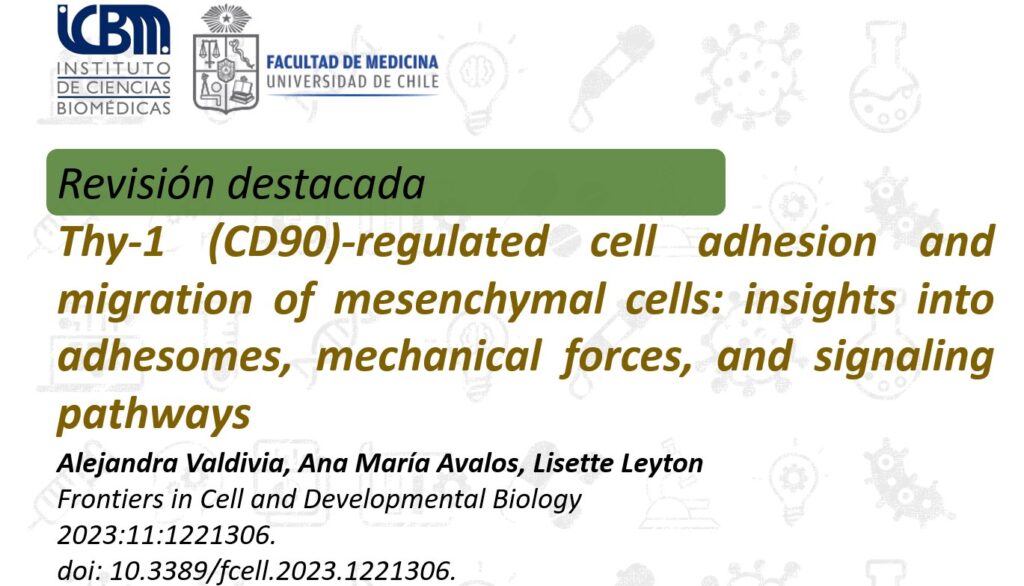
Abstract
Cell adhesion and migration depend on the assembly and disassembly of adhesive structures known as focal adhesions. Cells adhere to the extracellular matrix (ECM) and form these structures via receptors, such as integrins and syndecans, which initiate signal transduction pathways that bridge the ECM to the cytoskeleton, thus governing adhesion and migration processes. Integrins bind to the ECM and soluble or cell surface ligands to form integrin adhesion complexes (IAC), whose composition depends on the cellular context and cell type. Proteomic analyses of these IACs led to the curation of the term adhesome, which is a complex molecular network containing hundreds of proteins involved in signaling, adhesion, and cell movement. One of the hallmarks of these IACs is to sense mechanical cues that arise due to ECM rigidity, as well as the tension exerted by cell-cell interactions, and transduce this force by modifying the actin cytoskeleton to regulate cell migration. Among the integrin/syndecan cell surface ligands, we have described Thy-1 (CD90), a GPI-anchored protein that possesses binding domains for each of these receptors and, upon engaging them, stimulates cell adhesion and migration. In this review, we examine what is currently known about adhesomes, revise how mechanical forces have changed our view on the regulation of cell migration, and, in this context, discuss how we have contributed to the understanding of signaling mechanisms that control cell adhesion and migration.
Acceda a la publicación completa en el siguiente enlace:
https://www.frontiersin.org/articles/10.3389/fcell.2023.1221306/full



